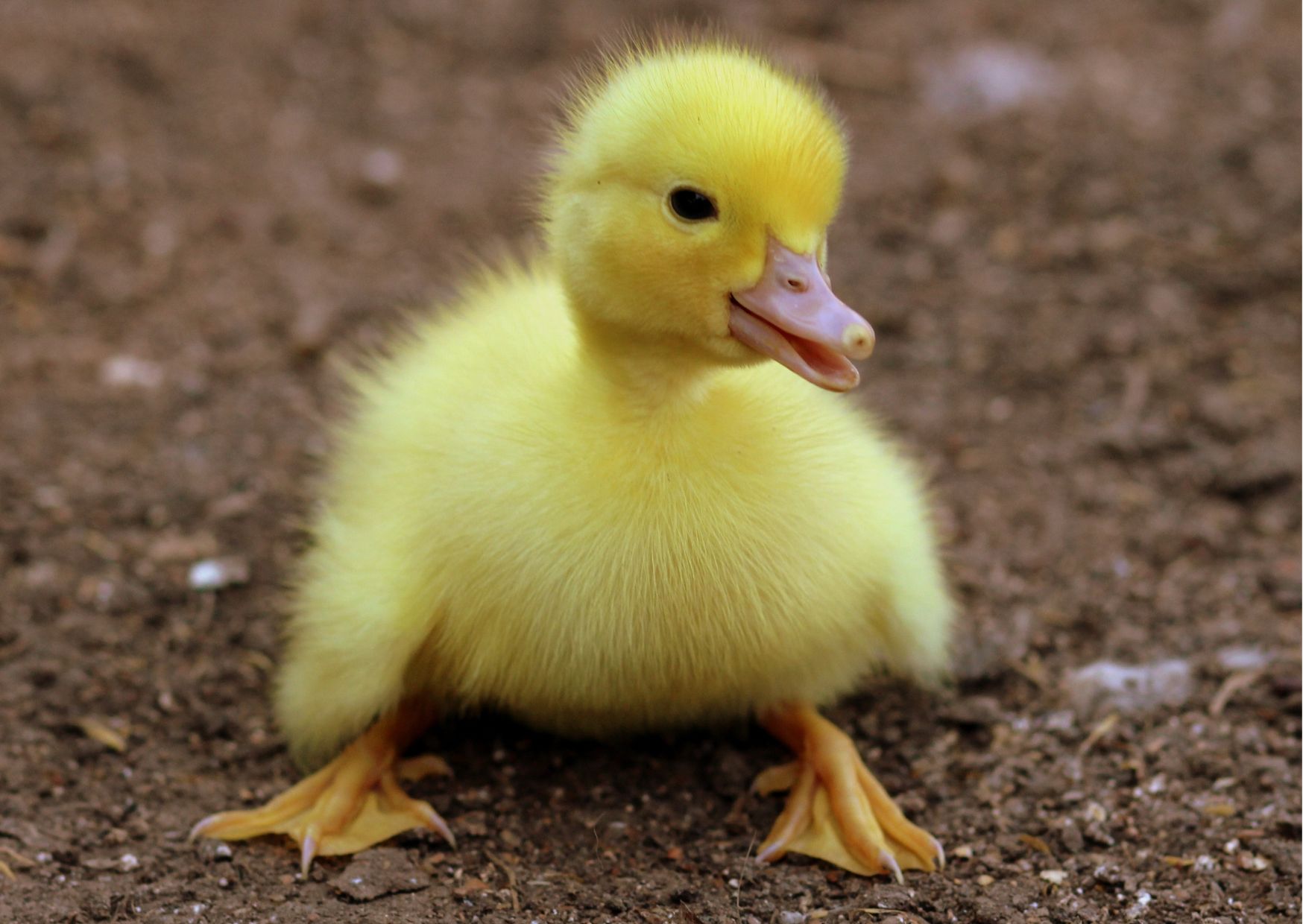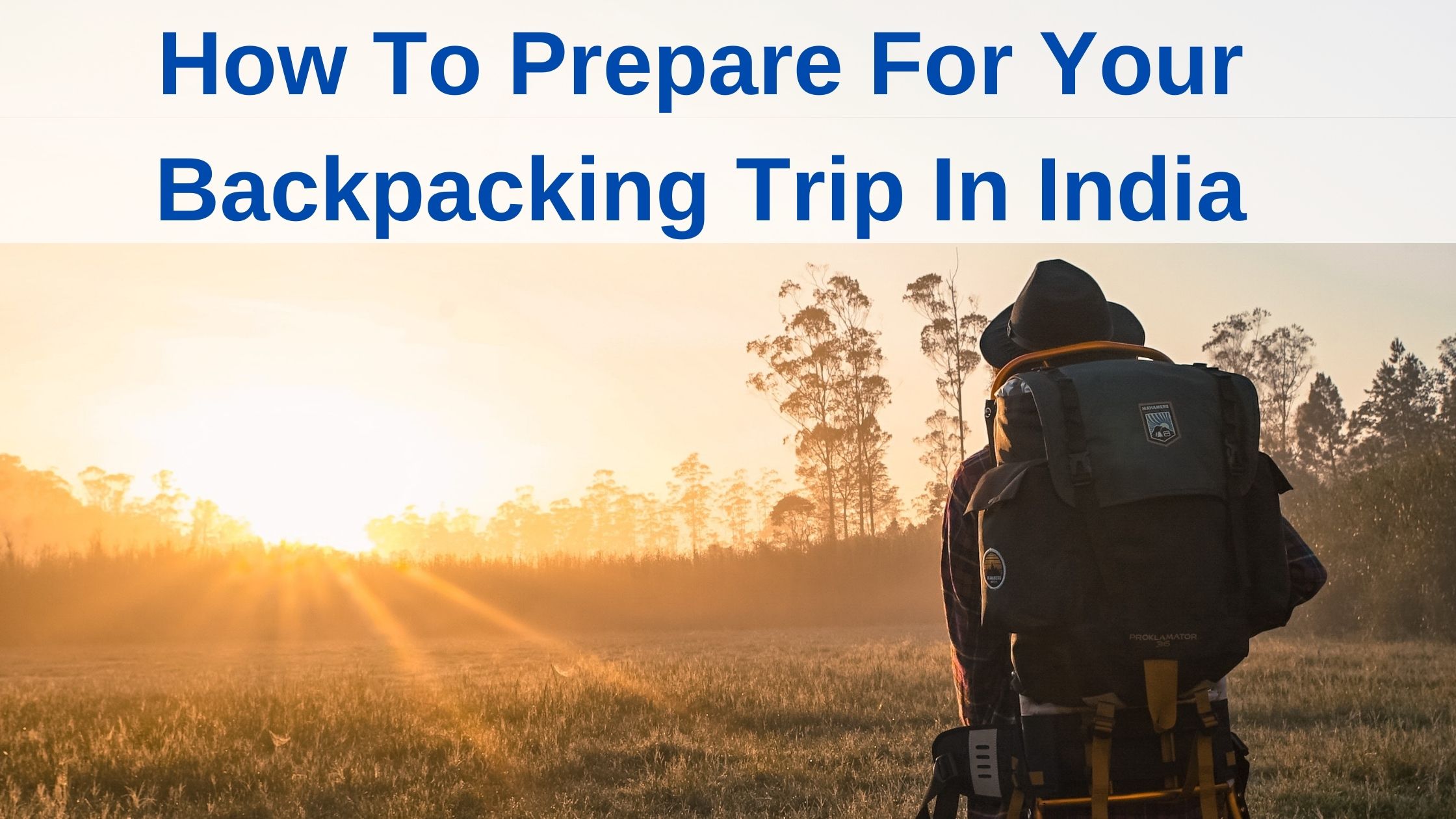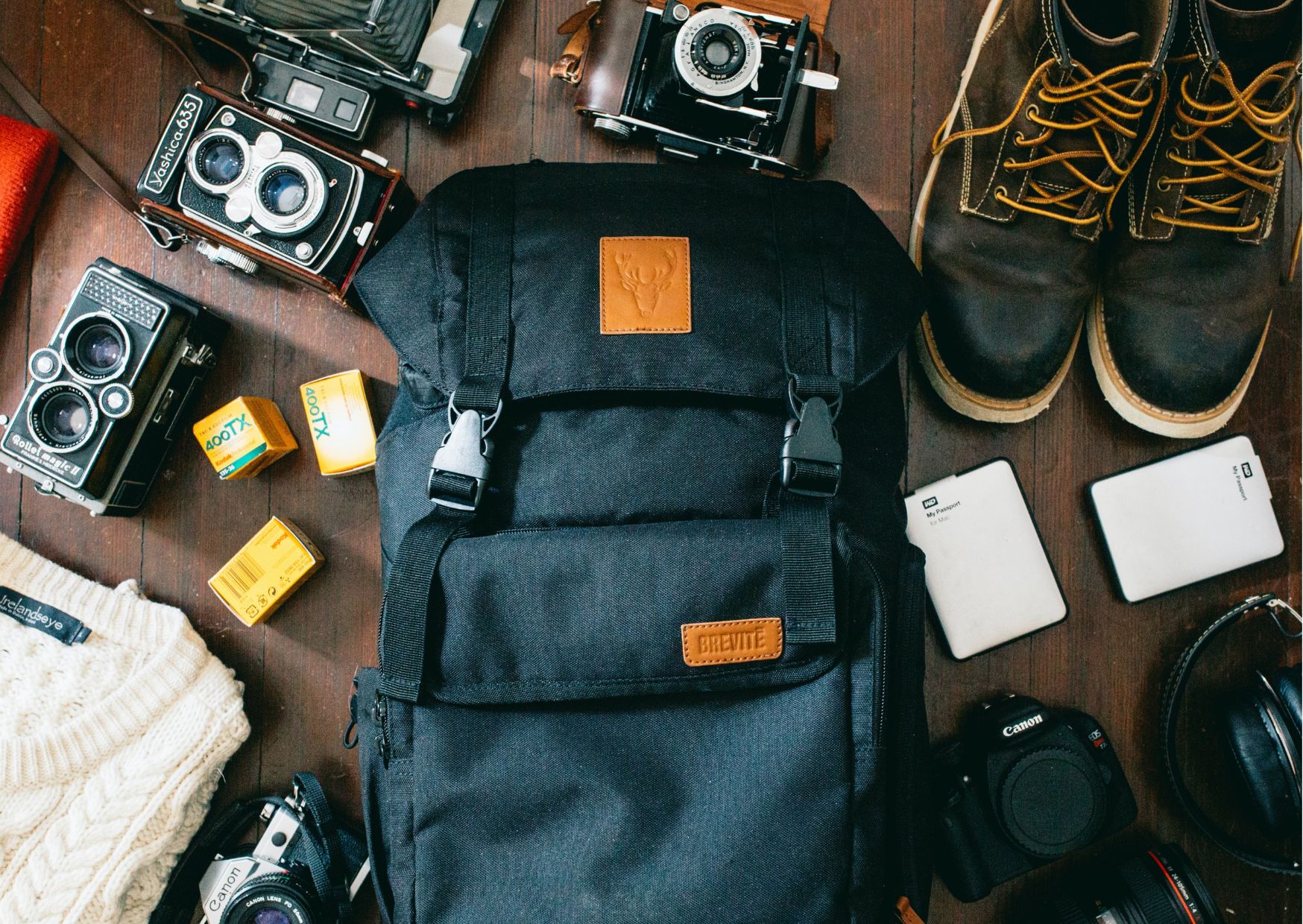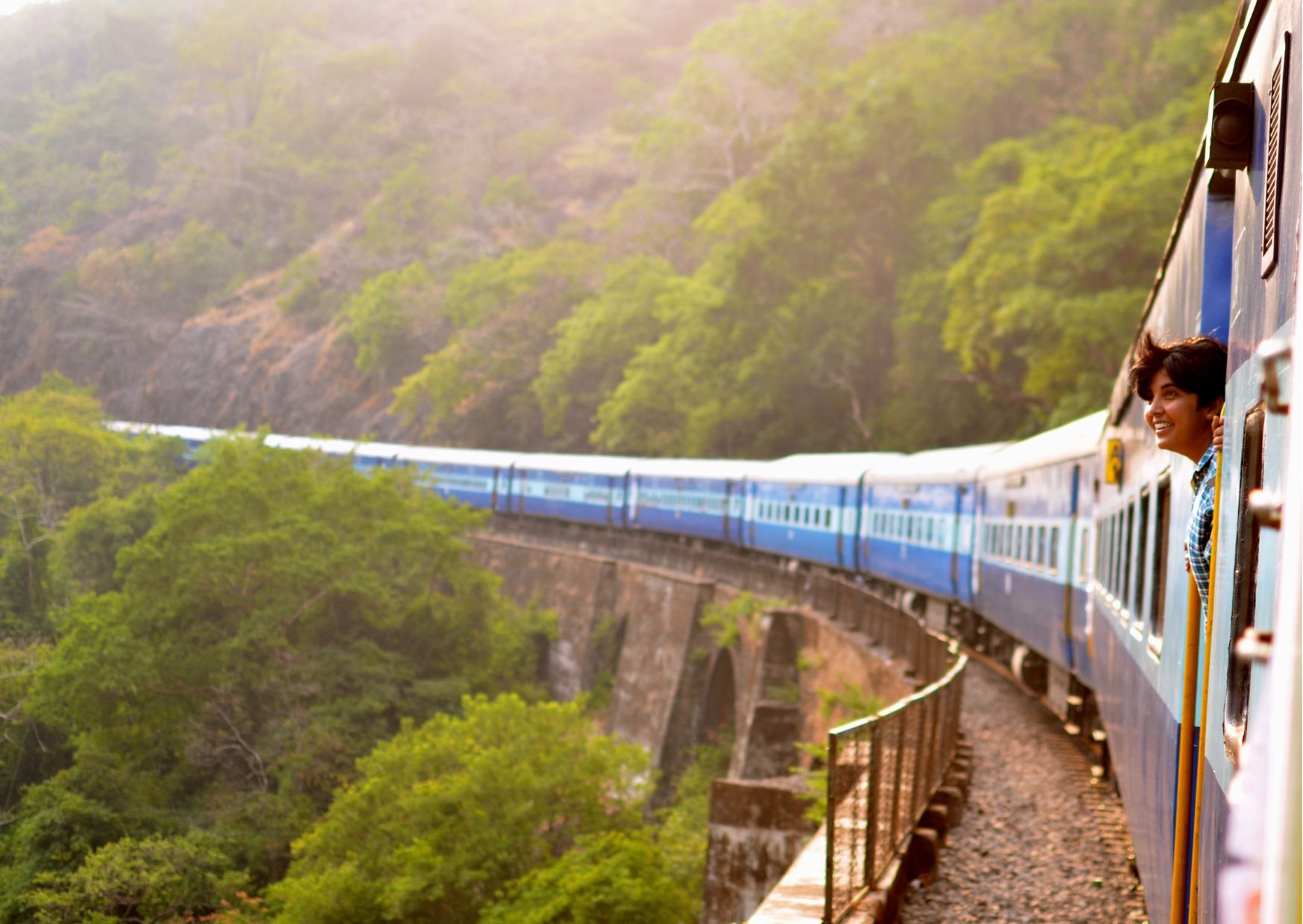Birding is basically the observation of birds in their natural habitats as a hobby. Birds are beautiful creatures found in all sizes and colours, with interesting behaviours like territorial disputes, hunting bugs and handling group dynamics.

With more than 10,400 unique living species of birds, the major characteristic that distinguishes them from all other animals are their feathers. The cool part about birds is their ability to fly but what is even cooler is their ability to migrate long distances; even halfway across the planet.
Why Bird Watching is Important –

Birdwatching is important because it provides an intimate connection between people and their natural environment.
Birding gets you out in nature but with a purpose of observing birds in their natural habitat. A world without birds would certainly lack the colour many crave to witness. Also when you’re out in nature, you get health benefits like exposure to more vitamin D through sunlight, holistic physical exercise, reduced feelings of stress and feeling more relaxed. Also, it’s just good to take a break from everyday hustle and being out in the lap of nature. Bird Watching has a great sense of calm and can be quite a meditative experience. This is also a wonderful way to meet and make friends with other people who are passionate about nature and wildlife.
How to get Started With Bird Watching :

The first place for beginner’s to start with Bird watching is to look outside a window or balcony, and the next step for you would be to go to a local park near you. This gives you a chance to see and learn about a few new-to-you species while spotting some that are familiar visitors at your house. You can also set up Bird Feeders, Bird Baths, Birdhouses to attract birds in your house and nearby parks. These are the order of places that you should get started with
1. House
2. Local Parks
3. Near-by Forests
4. Bird Sanctuaries
5. Hiking treks
Equipments needed for Bird Watching :
1. Binoculars
2. Telescope/spotting scope (with tripod)
3. Camera/video camera (camera with zoom lens) .
4. Notebook
5. Field guides (Books)
How to Attract more Birds to Your House :

Do’s
1. Do Provide them with regular food and water
2. Do Have Multiple Feeders around
3. Do Wash Feeders every few weeks
4. Do Set up Birdhouse
5. Do put up bright colours
Don’ts
1. Don’t spray Pesticides
2. Don’t invite predators
3. Don’t keep constantly moving water
4 Don’t keep the place dirty
Best Bird Sanctuaries in India for Bird Watching
1. Keoladeo Ghana National Park, Rajasthan :
Keoladeo Ghana National Park is a heaven for all bird enthusiasts. It is famous all over the world for its wide range of bird species which is estimated to cover over 350+ species.You can visit the official website to plan your visit here.
2. Jim Corbett National Park, Uttaranchal :
Jim Corbett National Park is located in the Nainital district of Uttarakhand state. The first national park in India, it was established in 1936 during the British Raj. It inhibits more than 586+ species of resident and migratory birds. To get more details on the first national park in India, you can visit the official website here.
3. Ranganathittu Bird Sanctuary, Karnataka :
Ranganathittu Bird Sanctuary is a bird sanctuary in the Mandya District of the state of Karnataka in India. It is the largest bird sanctuary in the state. It inhibits more than 170+ species of resident and migratory birds.
Resources to learn about birds :

1. Through Images:
There are many global websites that host bird images with audio but for the Indian context, there are only few reliable ones that are updated regularly such as india nature watch that covers birds from almost all species from various regions across india.
2. Through Audio:
Xeno-Canto is most likely the world’s largest and most trustworthy audio-sharing database besides being free and open platform, its forums are popular among recordists and birders for sharing knowledge about bird calls, audio recording, and so on
3. Through both Images and Audio:
The Macaulay Library is the largest archive of bird sounds and images, as well as some videos. Access is free for anyone and contribution to the archive is made easy using eBird (more about that below).It has more than 10,000+ species of bird photographers and over 6000+ species of bird audio and video.
If you don’t want to go on websites and read about various birds but still want to learn the basics of birds, one of the best ways to learn is to follow bird photographers on social media platforms such as Instagram who put the name of the bird in the caption so that instead of mindless scrolling, you’re actually learning about birds and can identify them the next time you see them.
Best time of the day for Bird Watching :

The time of day can impact the types of birds you see. For example, many songbirds are more active in the morning, while raptors are typically more active in the afternoon. Just as humans have daily schedules, birds also have daily patterns for feeding, roosting, and other activities. Learning those patterns of behaviour can help birders learn when best to see birds.
Feeding: Birds spend the majority of their time either finding food for themself or to offer to a mate, or raising nestlings. One of the most active feeding times is early morning as the sun rises and warms up insects, making it easier for birds to get them.
Singing: When birds are vocal, birding by ear is much easier. During the spring and summer birds are working to establish territories and attract mates, and they frequently sing in the early morning (though some do sing at night) when sounds carry further and there may be less background noise.
Sunning: Birds that practise sunning are often easy to find in the mid-afternoon when the sun is at its highest. This can be a popular birding tactic in any season as birds use the sun for temperature regulation and feather mite control.
Drinking: Birds may drink at any time of day, but they are more likely to visit birdbaths and other water sources in the heat of the day.
Understanding the basics of bird behaviour is an easy way to learn when to go birding and will give birders plenty of opportunities to observe the various behaviours for every bird they see. In general, most of the birds are active from sunrise till 10-11 am and then during sunset.
Best Season for Bird Watching in India

As a rule, the winter months (October/November to February/March) are ideal for birdwatching – not only is the weather pleasant for them, this is also the time of year when the migratory birds come calling.
Conclusion :

Everyone likes birds because, aside from flying, they are amazing creatures. These winged creatures represent freedom, love, and energy. I’d like to close this blog with a famous quote: “Birds are not meant to be caged. Their feathers are too bright, their songs are too sweet, such that they belong to Mother Nature”. Birdwatching should be a hobby for all bird lovers because it brings so much joy to observe and read about them. This blog will assist you in getting started with bird watching and developing it as a hobby over time. You can consider sharing this blog with other enthusiasts around you to spread more awareness about birdwatching in the beautiful subcontinent of India.







